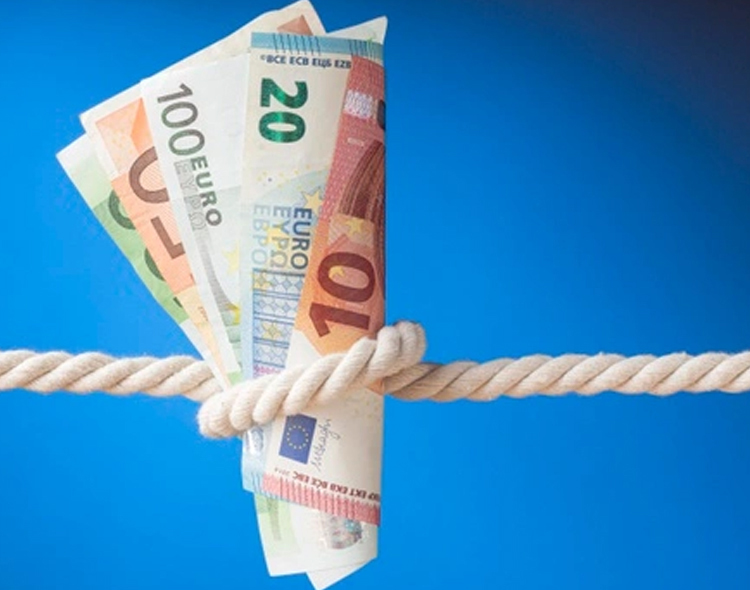Social inflation—the impact of rising litigation on insurers’ costs—increased claim payouts for commercial auto insurance liability alone by over $20 billion between 2010 and 2019, according to a new paper by Insurance Information Institute (Triple-I), in partnership with the Casualty Actuarial Society (CAS).
Latest Fintech Insights: Allumia Closes Series A2 Financing To Advance Energy Efficiency-as-a-Service Technology Platform
The Triple-I/CAS paper, Social Inflation and Loss Development confirms and quantifies one of the primary factors driving up the cost of commercial auto insurance. A separate Insurance Research Council (IRC) paper illustrated how losses across several insurance lines have accelerated in recent years much faster than economic inflation alone can explain.
In addition, while the Triple-I/CAS paper focused on commercial auto insurance, it also identified evidence of similar trends in other lines, such as “other liability occurrence” and claims-made medical malpractice. An occurrence policy pays claims arising during the policy term, even if they are filed many years later. Claims-made insurance can provide coverage when a claim is made, even if it arises from an incident that occurred years ago.
Drivers of Social Inflation
Considered to be a growing cost of doing business in the insurance industry, social inflation is influenced by negative public sentiment about larger corporations, litigation funding, and tort reform rollbacks at the state legislative level, all of which have increased liability costs. Shifting public perceptions and attitudes may lead jurors to sympathize with plaintiffs when awarding damages. Jurors may also believe the business, or the insurance company, has unlimited financial resources, leading to what’s commonly known as “shock” verdicts. These monetary damage awards are much higher than expected based on the evidence presented at trial, often exceeding $10 million.
Browse The Complete News About Fintech : Global Rewards Taps Galileo Financial Technologies To Scale B2B Payments
Emotional appeals to juries by plaintiff’s attorneys are nothing new. Neither are class action lawsuits. But the plaintiff’s bar has gone to a new level with tactics like third-party litigation funding and litigation lending, the report notes. Funding of lawsuits by international hedge funds and other financial third parties – with no stake in the outcome other than a share of the settlement – has become a $17 billion global industry, according to Swiss Re. Law firm Brown Rudnick sees the industry as even larger, estimating it as a $39 billion global industry in 2019, according to Bloomberg.
Some states have implemented rules requiring disclosure of third-party litigation funding in lawsuits, which would give defense attorneys and juries insight into the entities other than the plaintiff who are financing the legal fees of plaintiff’s attorneys. Such efforts predictably meet resistance from third-party litigation funders. In 2020, the 13 largest commercial litigation funders in the world formed the International Legal Finance Association (ILFA) to advocate for litigation funding and oppose blanket disclosure requirements.
Commercial transportation is among the sectors most severely affected by more frequent lawsuits generating higher insurance claim payouts. A 2020 study by the American Transportation Research Institute found that, from 2010 to 2018, the size of jury verdict awards grew 33 percent annually, as overall inflation grew 1.7 percent and healthcare costs grew 2.9 percent.
More frequent lawsuits and costlier jury verdicts can lead to increased insurance costs as rates are adjusted to reflect the changing risk profile. It can even force insurers to stop writing certain forms of coverage. Higher claim costs tend to be passed along to policyholders in the form of higher premiums. In extreme cases, climbing claim costs can ripple through the entire economy, creating conditions analogous to the 1980s liability crisis, where liability claims were adversely impacting the U.S. insurance industry to the point where some insurers faced insolvency.
Read More About Fintech News : Payments Industry Leaders Line Up For Horizon Conference
[To share your insights with us, please write to sghosh@martechseries.com]
